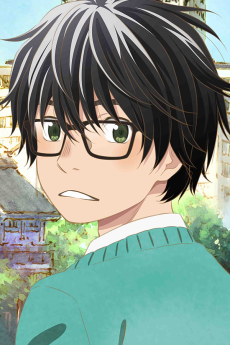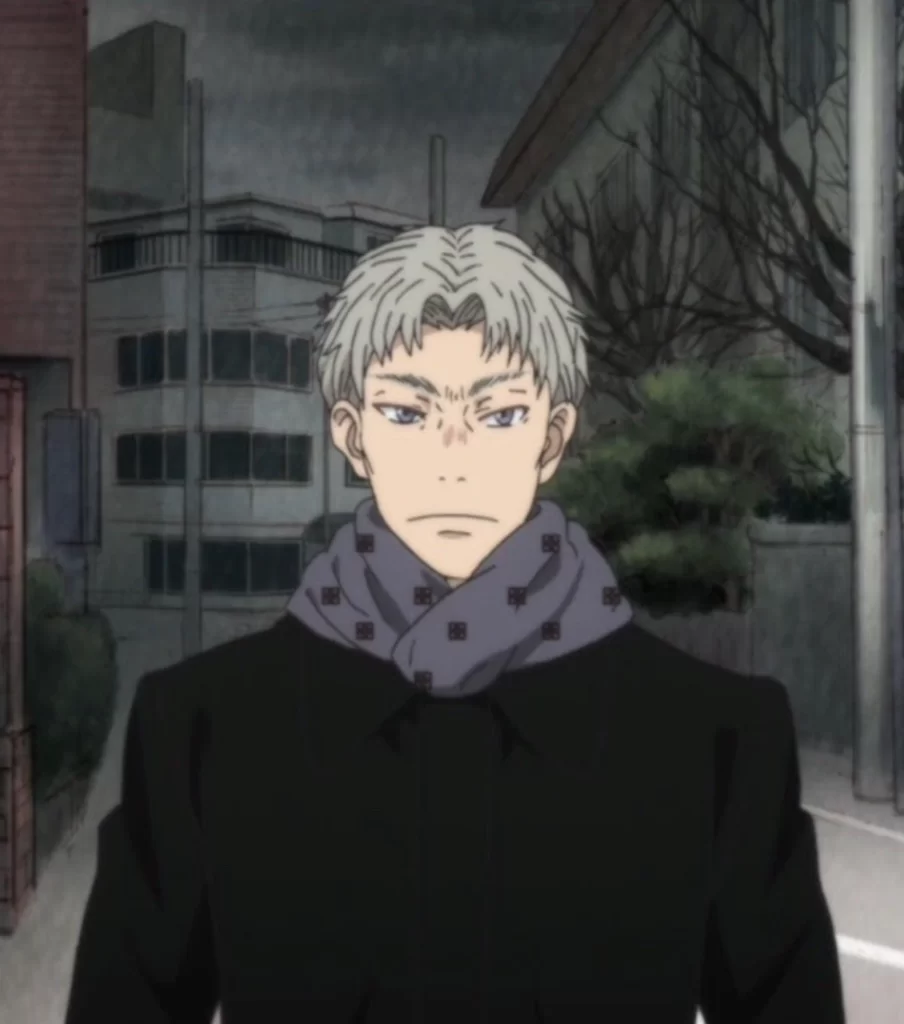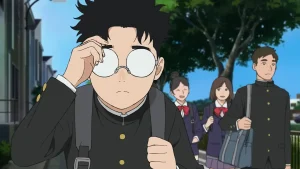
Navigating Life’s Chessboard in “March Comes in Like a Lion” – A Poignant Anime Journey
“March Comes in Like a Lion” isn’t just an anime; it’s a delicate exploration of life’s intricacies, filled with emotional resonance, and centered around the complex game of shogi. Crafted by Chica Umino, the series weaves a narrative tapestry that captures the struggles, growth, and connections of its characters. Let’s delve into the profound beauty of “March Comes in Like a Lion” and understand why it stands as a captivating and enriching anime experience.
March Comes in Like a Lion
The story revolves around Rei Kiriyama, a young professional shogi player who battles not only formidable opponents on the board but also the internal demons of loneliness and self-doubt. As Rei navigates the competitive shogi world, he finds solace and support in the Kawamoto sisters, Akari, Hinata, and Momo. The series delves into themes of personal growth, resilience, and the profound impact of human connections.
At the heart of “March Comes in Like a Lion” is Rei Kiriyama, a talented yet emotionally burdened shogi player. Orphaned at a young age and burdened by the weight of expectations, Rei grapples with loneliness and depression. His journey becomes a poignant exploration of identity, healing, and the transformative power of genuine relationships. Rei’s character is beautifully complex, evolving as he confronts his past and embraces the warmth offered by the Kawamoto family.
Watch Out For These Episodes and Standout Moments
Episodes to Watch:
- Episode 4 – “Hina’s Family”
- A heartwarming episode that delves into the Kawamoto family dynamics, highlighting the emotional support they provide to Rei.
- Episode 10 – “Chapter 20 Water’s Edge (Part Two), Chapter 21 Child of God (Part One)”
- A two-part episode that explores Rei’s internal struggles and his quest for self-acceptance.
- Episode 22 – “Chapter 41 Over the Cuckoo’s Nest (Part One)”
- A pivotal episode that brings Rei’s shogi skills and personal growth to the forefront, showcasing his determination and resilience.
Standout Moments:
- Shogi Matches
- Intensely animated and emotionally charged shogi matches that serve as a metaphor for Rei’s personal battles.
- Kawamoto Family Scenes
- Moments with the Kawamoto family, filled with warmth, laughter, and the healing power of familial bonds.
- Inner Monologues
- Rei’s introspective and beautifully articulated inner monologues that provide insight into his thoughts and emotions.
Genre and Suitability
Genre:
- Slice of Life, Drama
Suitability:
“March Comes in Like a Lion” falls within the genres of slice of life and drama. The series is suitable for viewers who appreciate narratives that delve into the intricacies of everyday life, personal growth, and the impact of human connections. Its gentle pacing and emphasis on character development make it accessible to a broad audience.
Why “March Comes in Like a Lion” is a Must-Watch Anime
“March Comes in Like a Lion” stands out for its ability to encapsulate the essence of the human experience. The series delicately addresses themes of loneliness, mental health, and the healing power of genuine connections. Its narrative depth, nuanced characters, and stunning visuals create an immersive experience that resonates with viewers on a profound level. Whether you’re a fan of shogi or drawn to character-driven stories, this anime offers a unique and enriching journey.
Plot and Characters
Plot Overview:
The series follows Rei Kiriyama’s life as a professional shogi player, exploring the challenges he faces in the competitive world of shogi and his personal journey toward healing and self-discovery. The Kawamoto sisters play a crucial role in Rei’s life, offering support and love as he confronts his past and builds meaningful connections.
Key Characters:
Rei Kiriyama:
The protagonist, a shogi prodigy battling loneliness and depression, on a journey of self-discovery and healing.
Akari Kawamoto:
The eldest sister in the Kawamoto family, a nurturing figure who provides emotional support to Rei.
Hinata Kawamoto:
The middle sister, a high school student with a vibrant personality, who befriends Rei and offers him companionship.
Momo Kawamoto:
The youngest sister, an adorable and energetic child who brings joy and innocence to Rei’s life.
Kyohei “Gotou” Gotou:
A fellow shogi player and Rei’s professional rival, adding complexity to Rei’s journey in the shogi world.
Conclusion
“March Comes in Like a Lion” is a visual and emotional feast that skillfully balances the intensity of shogi matches with the quiet moments of everyday life. Its ability to convey profound emotions through animation and storytelling showcases the transformative potential of anime as a medium for authentic human experiences.
FAQs
- Q: Is knowledge of shogi necessary to enjoy “March Comes in Like a Lion”?
- A: While the series involves shogi, it beautifully weaves the game into the narrative, and viewers don’t need extensive knowledge of shogi to appreciate the story.
- Q: Does the anime provide resolutions to Rei’s personal struggles?
- A: The series explores Rei’s personal growth, and while certain aspects find resolution, others are presented as ongoing processes, mirroring the complexities of real-life challenges.
- Q: Is “March Comes in Like a Lion” suitable for those who prefer action-packed anime?
- A: The anime focuses more on character development and slice-of-life elements rather than action. It’s ideal for viewers who appreciate a more contemplative and emotionally resonant narrative.
- Q: How prominent is the theme of mental health in the series?
- A: Mental health is a central theme, with Rei’s struggles serving as a poignant exploration of loneliness, depression, and the importance of emotional support.
- Q: Is there a balance between drama and lighter moments in the anime?
- A: Yes, the series skillfully balances moments of drama with heartwarming and lighthearted scenes, creating a well-rounded and emotionally impactful narrative.









